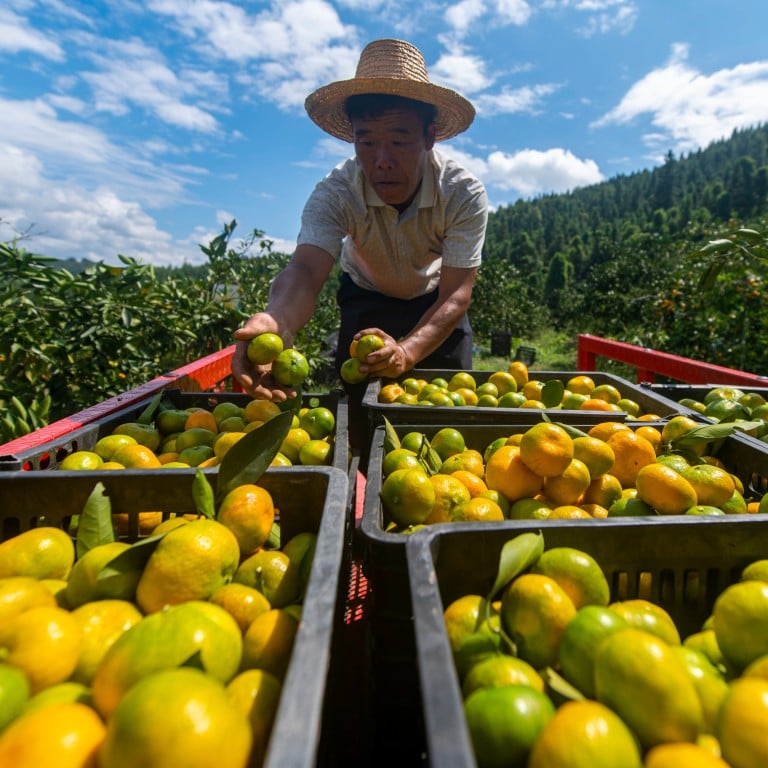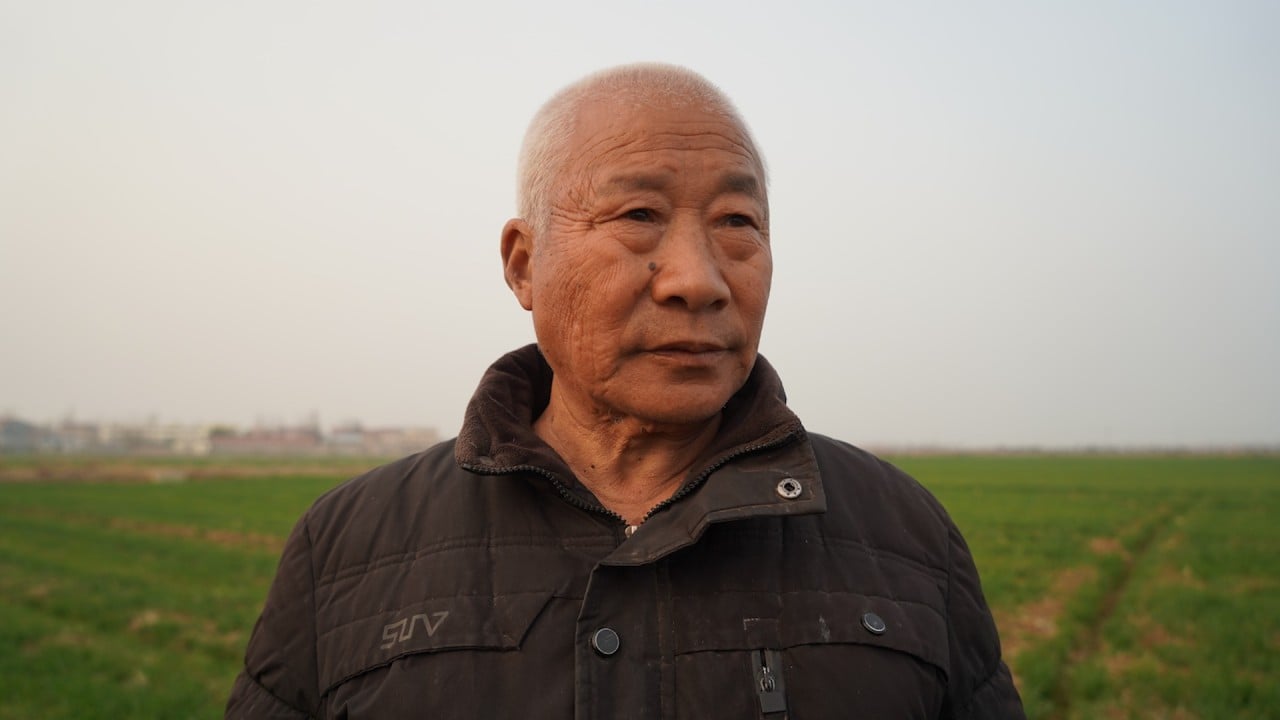
Did citrus fruit originate in China? Genetic scientists may have solved the bitter debate
- Researchers say fruits like oranges and lemons emerged in south-central China millions of years ago
- Findings challenge a previous study suggesting the birthplace of citrus fruits was in the Himalayas
The great ancestors of some of the world’s favourite citrus fruit might have first grown in what is now China, according to a new genetic family tree that upends previous research suggesting citrus originated in the Himalayan region.
A Chinese-led team of scientists have proposed that the first citrus fruits emerged in south-central China, according to their genomic analysis.
“I think we can tell the story of the origin of citrus more objectively,” said Xu Qiang, a professor at Huazhong Agricultural University in Wuhan, who is a corresponding author of the new study, and head of the lab that conducted much of the work.
Their paper, published on Monday in Nature Genetics, examined members of the orange subfamily, which includes citrus and citrus-related genera, to identify their origins and build an evolutionary tree.
Within that subfamily, citrus-related genera include species that are related but not considered citrus, such as the Indian bael, also known as the stone apple or Japanese bitter orange.
How the iconic lychee grew from Yunnan to become a luxury for emperors
“The origin and birthplace of citrus have long been a matter of debate,” the paper said, and little is known about the origins of the broader orange subfamily.
To try to settle the debate, the team collected wild citrus samples from the provinces of Hunan, Yunnan and Sichuan as well as other parts of southern China, enabling them to assemble the genomes of 12 species, half-citrus and half-citrus-related genera, which they studied along with six previously assembled genomes.
By analysing the genomes, the researchers were able to identify how differences in traits determined their evolutionary history.
The researchers suggest that, based on the distribution of related genera and fossils found in southern China, ancestral species within the orange subfamily likely underwent initial species diversification on the Indian tectonic plate before the collision of the India-Asia plate, about 25 million years ago.
As for citrus fruits, south-central China was the “primary centre of origin for early-diverging citrus and the mandarin clade”, which the paper categorised as the first group within the genus, contrary to the previous research that suggested it had been in the southeastern foothills of the Himalayas.
This is supported by the “widespread existence” of wild citrus in the region, and identification of early-diverging citrus species that grew there, in particular the trifoliate orange, which emerged less than 10 million years ago.
However, the southeast foothills of the Himalayas was the likely centre of origin for most of the second group of citrus fruits, the pomelo-citron clade. There is also a third group of citrus, which includes the kumquat and other species, that originated in Australia and Papua New Guinea.
Along with investigating the origin of citrus, the team also examined the mechanism behind how the fruits came to have varying levels of sourness.
Citric acid content varies across different species “which leads to a broad palette of sour and ‘sweet’ (that is non-sour) flavours”, the paper said. In the citrus-related genera, the team found that there was a “barely detectable” level of citric acid.
Wheat gene breakthrough could yield rich harvest for scientists
By analysing the genomes of different species and undergoing genetic editing with CRISPR-Cas9 technology, the researchers said they showed that the expression of a gene called PH4 is central in the “accumulation of citric acid in citrus fruits”, causing them to taste more tart.
The scientists said their study provided insight into origins of the orange subfamily and evolution of the citrus genus, as well as the “mechanism underpinning the evolution of fruit taste”.



